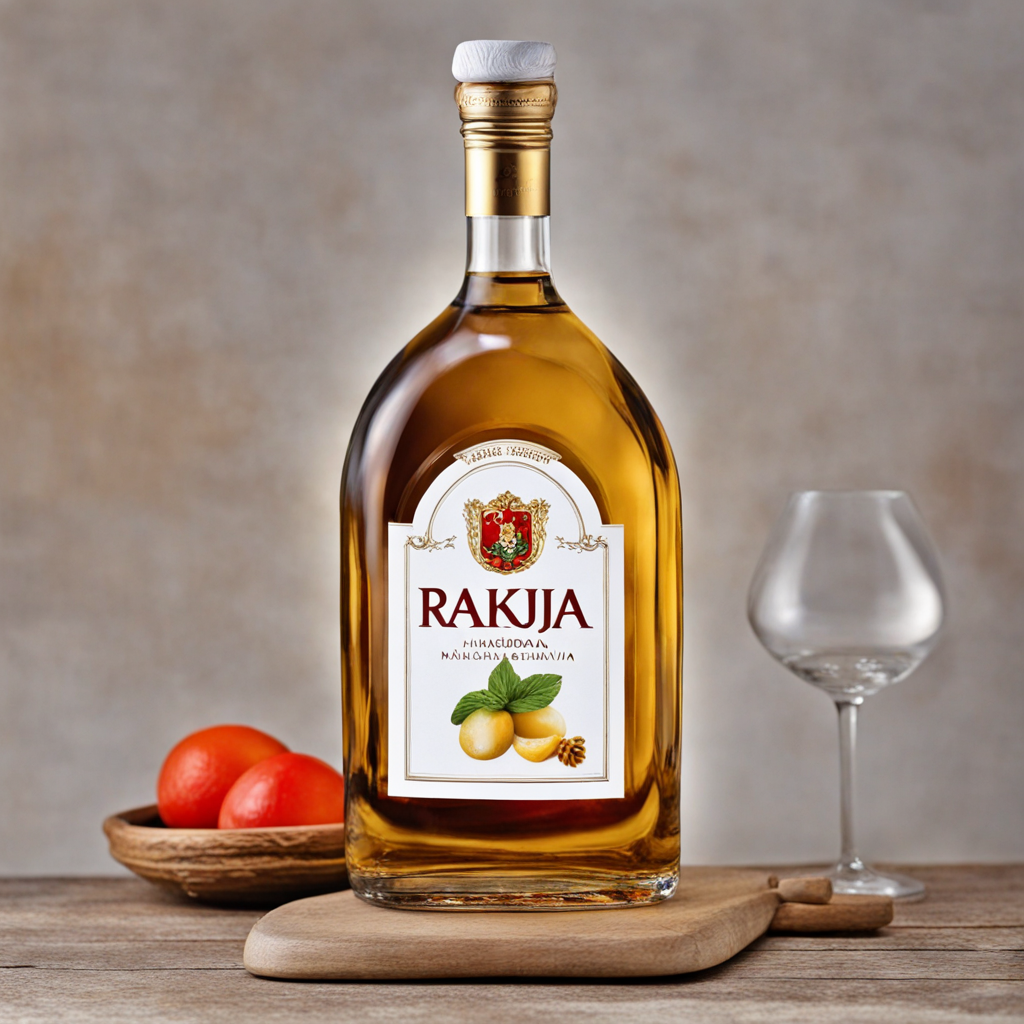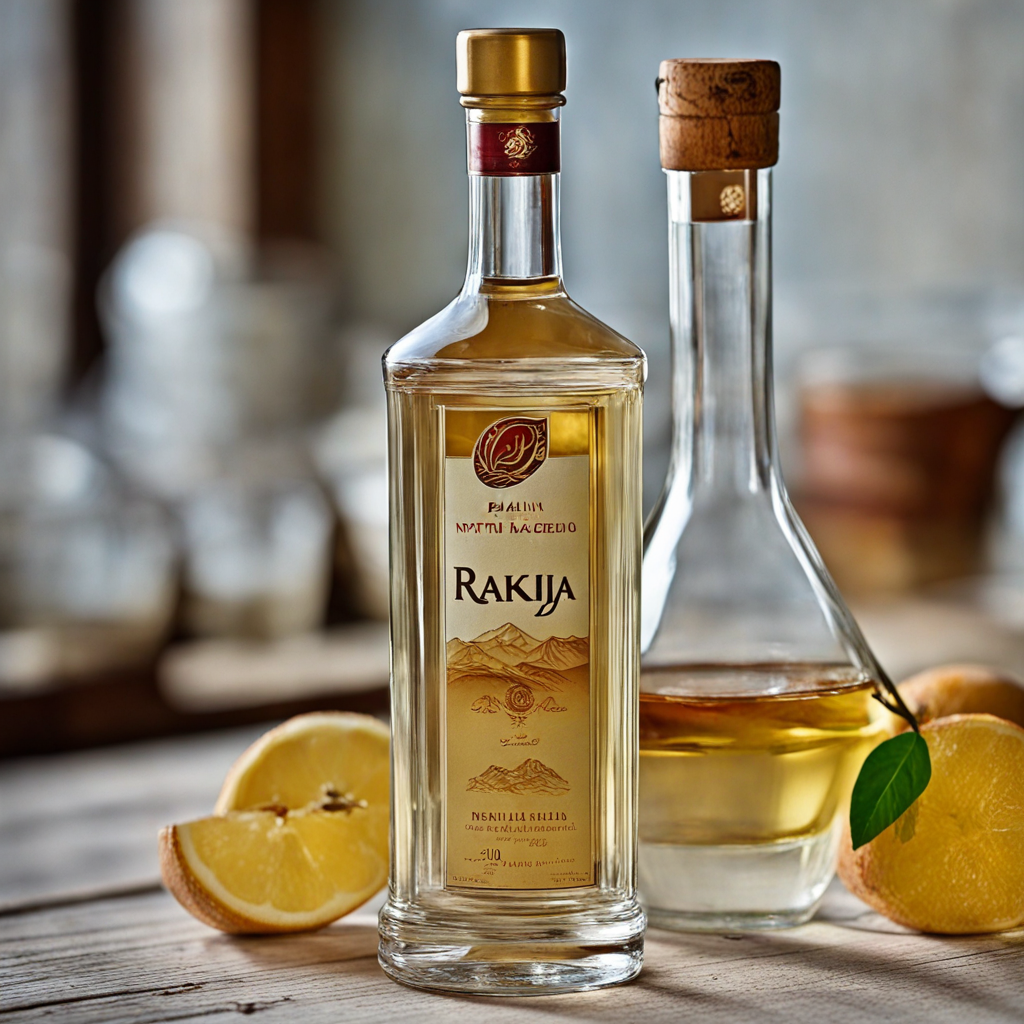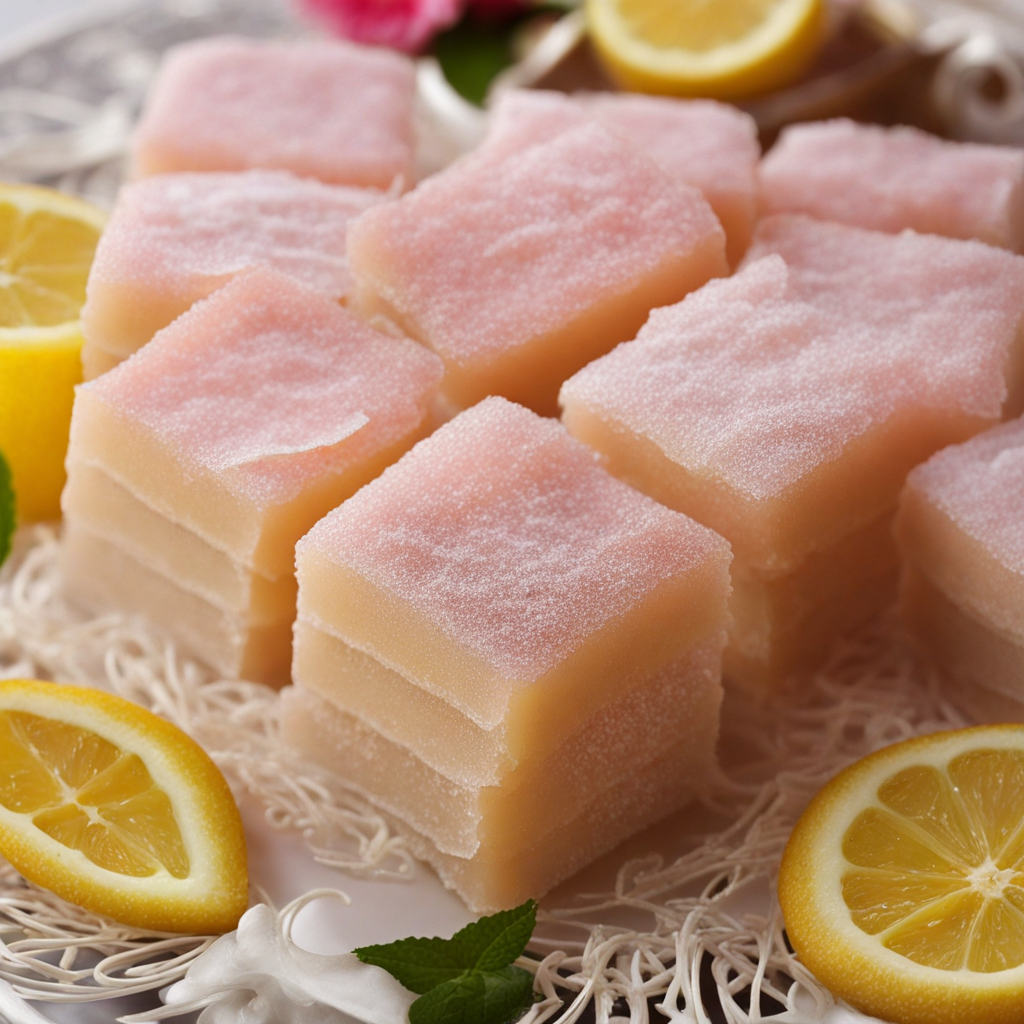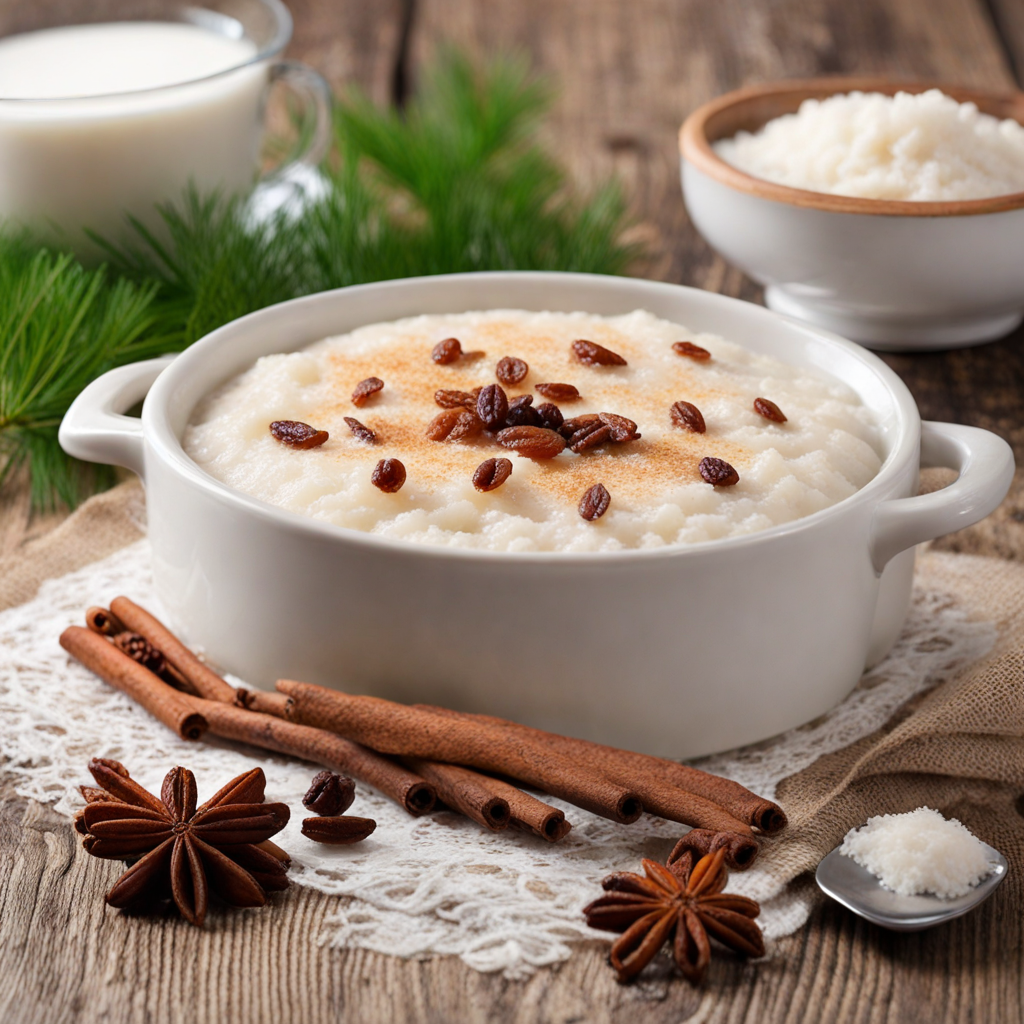Rakija
Ракија, a traditional fruit brandy from North Macedonia, holds a special place in the hearts and homes of its people. This potent spirit, often referred to simply as rakija, is revered not only for its intoxicating effects but also for its cultural significance and artisanal heritage. The history of rakija can be traced back centuries, with roots deeply embedded in the Balkan region, where it has served as a symbol of hospitality, celebration, and community bonding. The flavor profile of rakija is remarkably diverse, reflecting the type of fruit used in its production. The most common base fruits include grapes, plums, and apricots. Grape rakija, known as "vranec," tends to be smooth with a slight sweetness, while plum rakija, or "šljivovica," is celebrated for its robust and aromatic qualities, often presenting notes of ripe fruit and subtle spices. The fermentation process, coupled with the distillation method, plays a critical role in shaping the final flavor. A well-crafted rakija is often described as having a warm, fragrant aroma, balanced with a hint of fruitiness and a clean finish that lingers pleasantly on the palate. The preparation of rakija is an artisanal process that requires skill and patience. Traditionally, families would gather in the late summer or early autumn to harvest ripe fruits, especially plums, which are then washed and crushed to release their juices. The crushed fruit is placed in a fermentation vessel, where natural yeasts
How It Became This Dish
The History of Ракија: A Cultural Elixir of North Macedonia #### Origins: The Birth of Rakija Rakıja, a strong fruit brandy, is more than just a popular beverage in North Macedonia; it is a cultural symbol that encapsulates the spirit of the region. Its origins can be traced back to the Balkans, where distillation techniques were introduced to Europe by the Moors during the Middle Ages. However, the practice of fermenting fruits to create spirits likely predates these techniques, with evidence suggesting that early versions of fruit brandies were being made in the region for centuries. The most popular fruit used in the production of rakija is the plum, though it can also be made from grapes, apricots, cherries, and other fruits. The sheer variety of rakija reflects the biodiversity of North Macedonia's agricultural landscape and the local traditions that have developed over generations. The process of creating rakija involves fermenting the fruit, distilling it, and often aging it in wooden barrels, which imparts unique flavors and characteristics to the final product. #### Cultural Significance: More than Just a Drink In North Macedonia, rakija is more than just a drink; it is a vital part of social rituals and cultural identity. It is often served as a welcoming gesture to guests, embodying the warm hospitality of Macedonian culture. The phrase "благословено да е" (blessed be it) is commonly uttered before taking a sip, signifying respect and gratitude. Rakija is present at celebrations, weddings, family gatherings, and even in solemn rituals, where it is offered as a tribute to the deceased. The drink also plays a role in traditional customs and folklore. It is often believed that rakija can ward off evil spirits and bring good fortune. In some rural areas, it is considered an essential part of life, with households often producing their own batches for personal use and gifting. This communal aspect underscores rakija's role as a bonding agent, bringing families and communities together. #### Development Over Time: From Tradition to Modernity Historically, rakija production was a home-based affair, with families crafting their own recipes passed down through generations. This artisanal approach allowed for a variety of styles and flavors, each influenced by local fruits, climate, and personal preferences. However, the rise of commercial production in the late 20th century transformed the landscape of rakija in North Macedonia. In the 1990s, following the breakup of Yugoslavia and the subsequent economic challenges, many families turned to the production of rakija as a means of generating income. This led to a proliferation of small distilleries and a renewed interest in traditional recipes. The establishment of cooperatives and organizations focused on promoting quality rakija has helped elevate the drink's status, turning it into a sought-after product both domestically and internationally. Today, rakija is recognized for its quality, and several varieties have received geographical indications, similar to wine classifications in Europe. This acknowledgment underscores the importance of regional production methods and the unique characteristics of North Macedonian rakija. The country now hosts rakija festivals, where distillers showcase their products, and consumers can taste and learn about different varieties and production techniques. #### The Craft of Rakija Making The process of making rakija is both an art and a science. It begins with the careful selection of ripe fruit, which is then crushed and allowed to ferment. The fermentation process is crucial, as it converts the sugars in the fruit into alcohol. After fermentation, the mixture is distilled, usually using traditional copper stills, which are known to enhance the flavor profile of the spirit. The distillation process typically occurs in two stages: the first distillation produces a liquid known as "peka," which contains a higher concentration of alcohol. The second distillation refines the spirit further, resulting in the clear, potent rakija that is bottled and enjoyed. Some producers choose to age their rakija in wooden barrels, which adds complexity and depth to the flavor, while others prefer to bottle it immediately to retain the fresh fruit essence. #### Varieties of Rakija While plum rakija (šljivovica) is the most popular and widely recognized variety, North Macedonia produces an array of fruit brandies. Grape rakija (grape brandy or lozova rakija) is made from fermented grapes and is particularly favored in regions known for their vineyards. Additionally, rakija can be flavored with herbs, nuts, or spices, creating unique blends that reflect local tastes and traditions. The diversity of rakija varieties is celebrated throughout North Macedonia, with each region boasting its own specialties. For instance, in the Tikveš region, where the climate is particularly favorable for grape cultivation, grape rakija is a point of pride. In contrast, areas with abundant plum orchards produce some of the finest šljivovica in the country. #### Rakija in Contemporary Culture In recent years, there has been a renaissance of interest in traditional foods and beverages, with rakija at the forefront. As North Macedonia embraces its culinary heritage, rakija has gained recognition beyond its local roots. It is increasingly featured in international food festivals and has found its way onto the menus of upscale restaurants, where it is paired with gourmet dishes. Moreover, the increasing popularity of craft distilleries has spurred innovation in production methods and flavors, allowing modern producers to experiment while still honoring traditional practices. This blend of tradition and modernity ensures that rakija remains a relevant and cherished part of North Macedonian culture. #### Conclusion: A Timeless Tradition Rakıja is more than just a drink; it is a representation of North Macedonian identity, history, and community. From its humble beginnings as a home-crafted spirit to its status as a symbol of hospitality and celebration, rakija has evolved while remaining deeply rooted in the region's cultural fabric. As it continues to adapt to modern tastes and trends, rakija remains a timeless tradition, bridging the past with the present and ensuring that its legacy endures for generations to come.
You may like
Discover local flavors from North Macedonia







